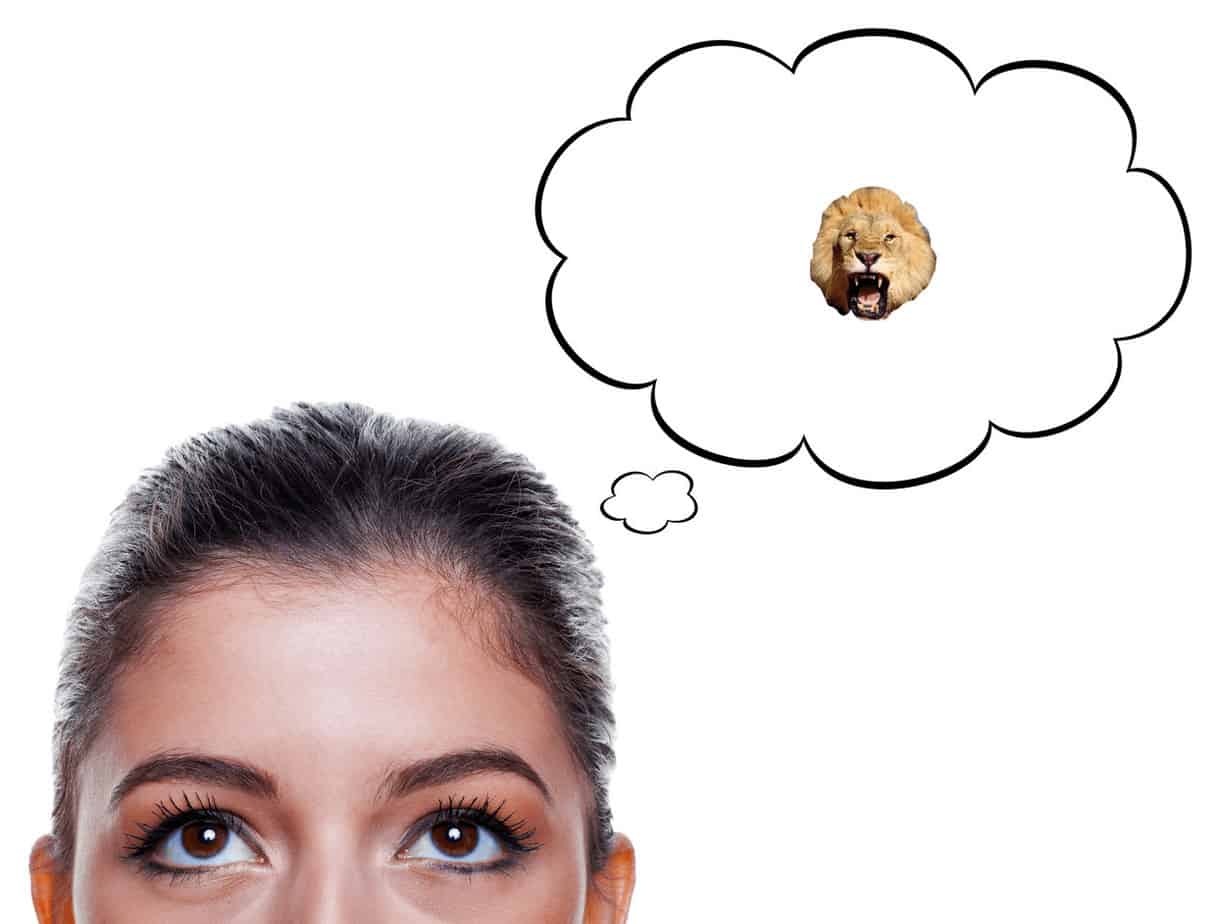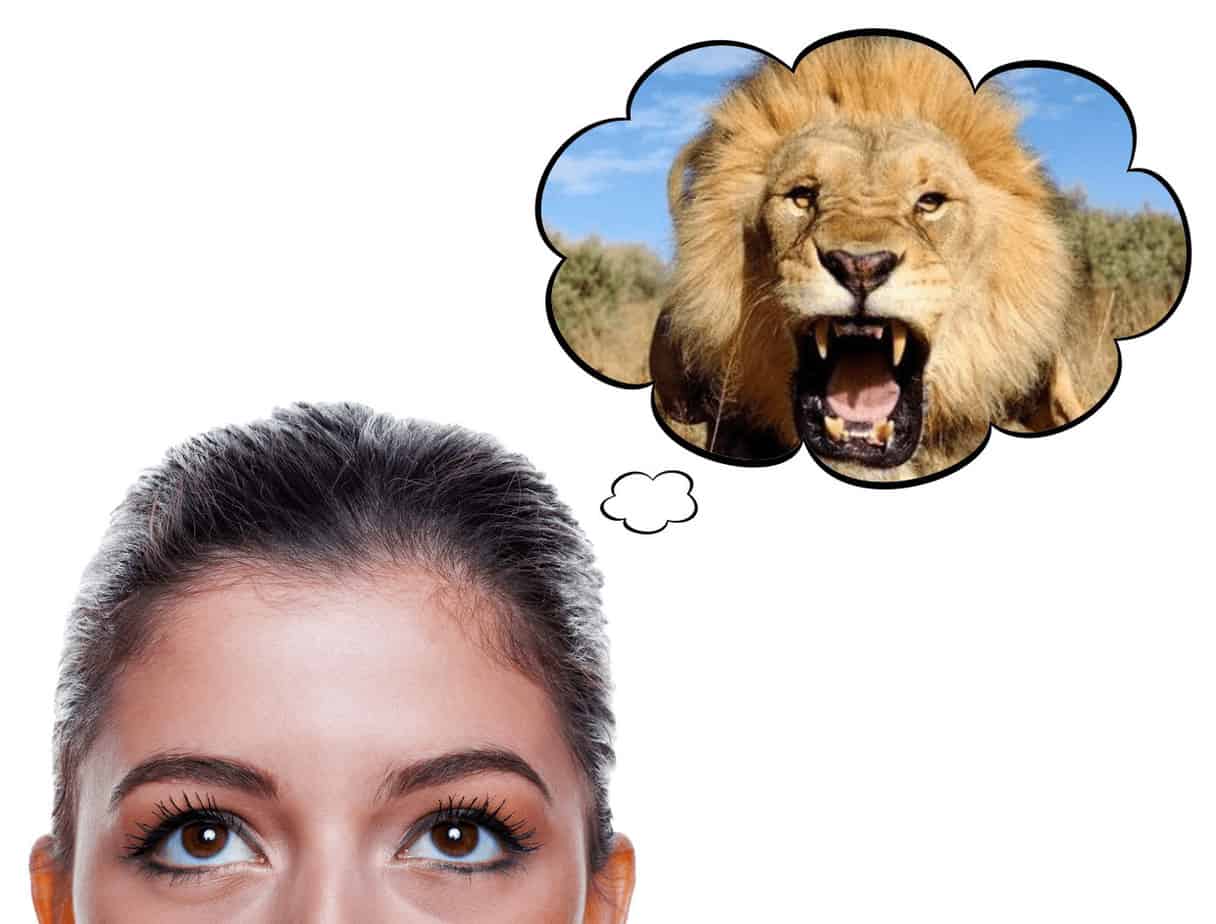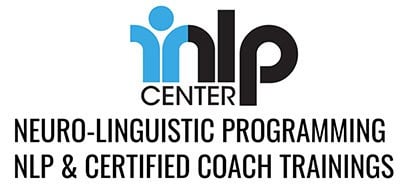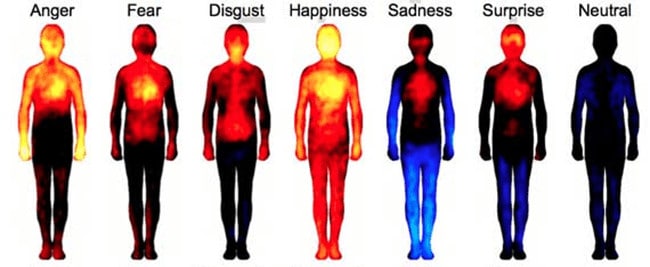NLP submodalities have been taught in NLP training, used by NLP practitioners, and discussed in the best NLP books since the 1970s. Lots of new NLP submodality patterns have been introduced over the years and typically operate on the same underlying presupposition.
What if we introduced a revolutionary new methodology for working with submodalities that created more choice for the client and NLP practitioner? Get ready.
In this article we will:
• Briefly define NLP submodalities for newbies
• Reveal a presupposition upon which classic NLP submodality techniques are based
• Introduce a new presupposition for submodality work
• List the steps to the new protocol and watch a video demonstration
What are NLP Submodalities? (for newbies)
Submodalities refer to the various qualities our thoughts and feelings take on. In NLP, we learn that people process information through their five senses, three of which get more attention: seeing, hearing and feeling. Each of these is referred to as a modality, i.e the visual modality.
When we think in pictures or sounds, or experience feelings, those inner picture’s sounds and feelings have specific qualities that we call submodalities, the sub-components of each modality. When you become aware of submodalities, you suddenly have more choice about how your inner experience is structured.
For example, if the internal image you see representing a “big, overwhelming problem” is actually a very large image (size being a common visual submodality) you can “shrink” the image in your mind. When you see the same problem in a much smaller size, it may reduce the sense of feeling overwhelmed.


Thus, we suggest that submodalities are the structure of your thoughts. When you change the structure, the meaning (and your response) also change. A “huge problem that feels overwhelming” can become a mere “problem that needs to be solved” with a simple shift in submodalities.
Submodality Shifts Become Techniques
As NLP developed, some commonly effective ways to shift submodalities turned into techniques that were discovered to be reliable for specific kinds of problems. Names like: swish pattern (for habits), map across (to turn stuck states into resources), fast phobia cure, new behavior generator, compulsion blowout, and so forth were given!
NLP practitioner training typically offers tutorials in classic NLP submodality methods. These serve as training wheels for students to be on their way to submodality artistry and creating their own patterns if they wanted. Tragically, many students don’t develop their skills beyond the training wheels, but that’s another issue!
A Presupposition Behind Classic NLP Submodality Interventions
“Intentionally shifting unresourceful submodalities into a more resourceful position creates desired change” is the presupposition operating between the practitioner and client. We search for the most useful submodalities so that the problem states lose the stuckness and even becomes a resource.
This intentional shift may happen as the practitioner guides the client in making a direct shift, as in the submodality map across. It may also happen indirectly by leading the client through a process that involves a series of shifts that result in desirable submodality changes, such as with the fast phobia cure or swish pattern.
These NLP submodality methods are wonderful and effective when used skillfully and in the right context. Beyond that, some of the submodality developments among leaders in the field are simply outstanding. Here is a video of an extraordinary protocol developed by Steve Andreas. It’s brilliant! I’ve used it with clients many times.
My Revolutionary NLP Submodality Approach
Here is a submodality approach I’ve developed based on the presupposition that the unconscious mind comes with intrinsic healing processes. These “preloaded” programs heal damaging or unresourceful states and experiences. We could assume the more you activate these embedded processes (and stay out of their way) the faster you will heal.
Many healing modalities are based on research suggesting the brain intrinsically seeks homeostasis or balance. When something mildly or acutely disturbing happens, the experience is likely to be stored in the brain’s limbic system. This primitive system is much harder to access. Returning to a balanced state is more difficult because the experience is buried. Therefore, the disturbance is more likely to turn into a stuck state that gets triggered spontaneously.
It is routinely accepted that only parts of certain experiences are naturally accessible to the conscious mind. This may manifest in stuck feelings with hidden visual and auditory components.
Of course, a skilled NLP practitioner may recover the lost VAK components in short order. The point is, these internal experiences are repressed and less likely to return to balance with the mere passage of time.
Returning to Balance
Returning to balance requires accessing the disturbing state (in some form) and allowing the brain’s natural healing process to engage. In EMDR, this is called reprocessing. In Somatic Experiencing, it’s called biological completion. In Exposure Therapy, they talk about habituation. A mindfulness practitioner might refer to this kind of healing as returning to the present moment. Other modalities refer to this kind of word as integrating, owning, expanding consciousness, and so forth.
So, considering the homeostasis and other metaphors, I wondered what would happen if, by using NLP submodalities, I helped clients access the hidden elements of a stuck state and then…..did nothing else beyond helping them remain gently aware of the state’s kinesthetic (feeling) submodalities. Would the brain’s homeostasis-seeking protocols kick in?
The results have been phenomenal. The simplest NLP submodality intervention ever!
Here’s a run-down of the protocol:
1. Identify the stuck state
2. Access the kinesthetic component of the stuck state
3. Elicit the kinesthetic submodalities: location, size, shape, temperature, movement (swirling, pulsing, flowing, spinning), depth (Skin surface? How far under the skin?), dimensions in 3-D).
4. Remain aware of the predominant kinesthetic submodalities (The client is no longer caught up in the content. This has a mildly dissociating effect).
5. Stay aware and in an accepting state, waiting for the feelings to “do whatever they want to do.”
6. When the feelings have shifted enough to be considered neutral or positive, test, and future pace.
Give this new submodalities method a try. Let me know how it goes.



